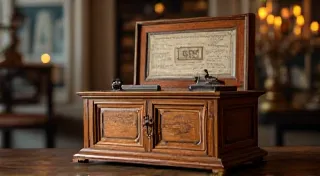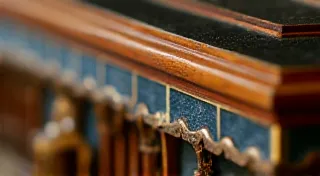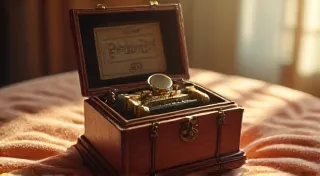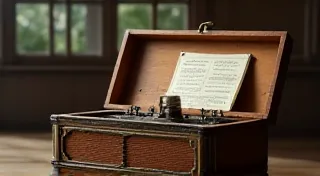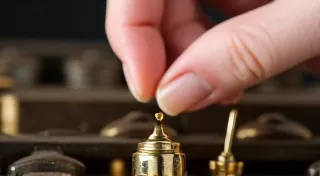Repairing a Stuck Cylinder: Troubleshooting Common Issues
A beloved vintage musical box suddenly falls silent. Often, the culprit isn’t a broken comb or a damaged movement, but a simple, yet frustrating issue: a stuck cylinder. Cylinders, the heart of a musical box’s sound, are prone to seizing up due to years of accumulated grime, dried lubricants, and occasional physical damage. This article will guide you through common causes of a stuck cylinder and offer practical troubleshooting and repair techniques to get your music box playing again. Remember to always proceed with caution when working on delicate antique mechanisms. If you’re uncomfortable with disassembly, consider consulting a professional musical box repair specialist. Before you even begin, it can be helpful to familiarize yourself with some of the common terminology used when describing music boxes—a quick read of understanding music box jargon can prove invaluable.
Understanding the Musical Box Cylinder
Before diving into repairs, let's briefly understand what a musical box cylinder is and how it works. The cylinder is a metal tube, typically steel, with precisely shaped pins protruding from its surface. As the cylinder rotates, these pins strike the teeth of the comb (also known as a tuning fork or tone bar), producing the musical notes. The pattern and arrangement of the pins determine the tune the music box plays.
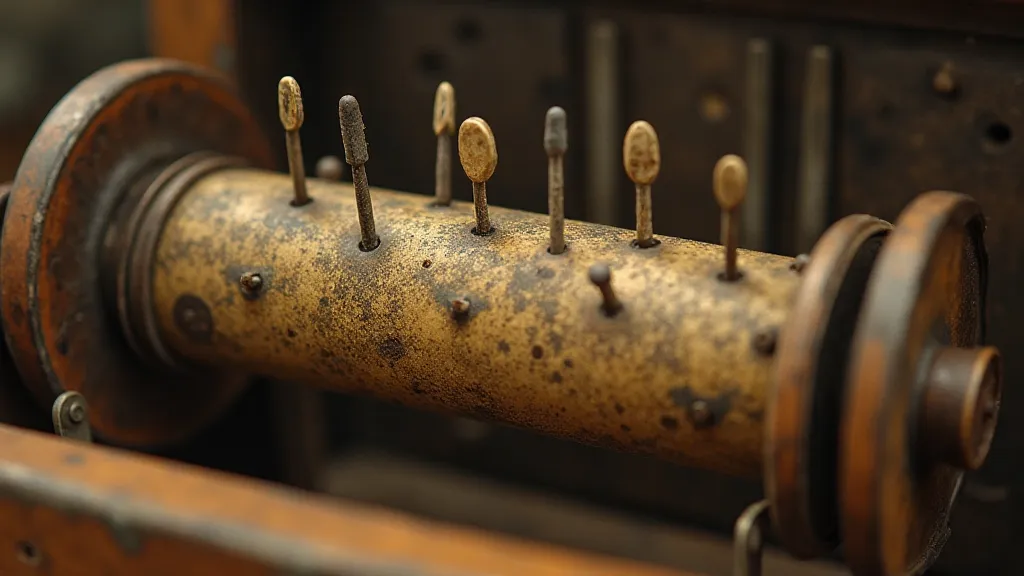
Common Causes of a Stuck Cylinder
Several factors can contribute to a cylinder becoming stuck. Identifying the root cause is crucial for effective repair.
- Dried Lubricant: The original lubricant, typically a high-viscosity oil or grease, degrades over time, becoming thick and gummy. This dried lubricant can glue the cylinder to its housing or other components.
- Accumulated Grime: Dust, dirt, and oxidation products settle within the cylinder’s recesses, further compounding the problem.
- Rust: In humid environments, steel cylinders can develop surface rust. Rust acts as an abrasive, hindering smooth rotation.
- Deformation: While less common, cylinders can become slightly deformed, either due to accidental impacts or age-related metal fatigue. This deformation can cause them to bind against their supports.
- Corrosion: Especially in brass or other non-steel cylinders, corrosion can occur, causing the metal to become pitted and the cylinder to stick. The style of musical box often dictates the materials used, with American musical boxes often exhibiting distinct characteristics.
Troubleshooting Steps: A Systematic Approach
Here's a step-by-step guide to diagnosing and attempting to free a stuck cylinder:
- Visual Inspection: Carefully examine the cylinder for any visible signs of rust, corrosion, or excessive grime. Use a magnifying glass for a closer look.
- Gentle Manipulation: Attempt to rotate the cylinder *slightly* by hand. Do not force it. Observe if any part of the cylinder rotates more freely than others. This can give clues to where the binding is occurring.
- Listening for Sounds: As you attempt to turn the cylinder, listen for any clicking or grinding sounds. These noises can indicate specific areas of binding or damage.
- Movement Assessment: Assess whether the entire movement is running smoothly or if there are other areas of resistance. A problem elsewhere in the movement can often *appear* to be a cylinder issue.
Repair Techniques: Freeing the Cylinder
Once you've diagnosed the problem, consider these repair techniques, proceeding from least invasive to more involved:
- Penetrating Oil Application: This is often the first and most successful step. Apply a few drops of a specialized penetrating oil (like Kroil or a similar product designed for delicate mechanisms) directly onto the cylinder and around its housing. Allow the oil to soak in for several hours, or even overnight. After soaking, gently try rotating the cylinder again.
- Gentle Cleaning with Fine Brushes: Use very soft brushes (like artist's brushes or camel hair brushes) to carefully sweep away loose grime and debris from the cylinder’s surface. This is particularly effective after applying penetrating oil, as the oil helps loosen the grime.
- Ultrasonic Cleaning (Optional): If you have access to an ultrasonic cleaner, this can be a remarkably effective way to remove deeply embedded grime. Be sure to use a cleaning solution specifically formulated for delicate metal mechanisms and follow the cleaner's instructions carefully. This method is best left to those with some mechanical experience.
- Mechanical Assistance (Careful Manipulation): In some cases, you may be able to gently manipulate the cylinder using fine tools (like needle-nose pliers or dental picks) to help dislodge any major obstructions. This requires extreme caution, as excessive force can damage the pins or the cylinder itself.
- Pin Cleaning: Each pin on the cylinder needs to be free to strike the comb. Sometimes, pins become bent, broken, or stuck. If you can see a bent pin, try to gently straighten it using a very fine tool. Broken pins usually require professional repair. Maintaining the correct lubrication is vital; understanding lubricating your vintage music box, and choosing the right oils, can significantly extend its lifespan.
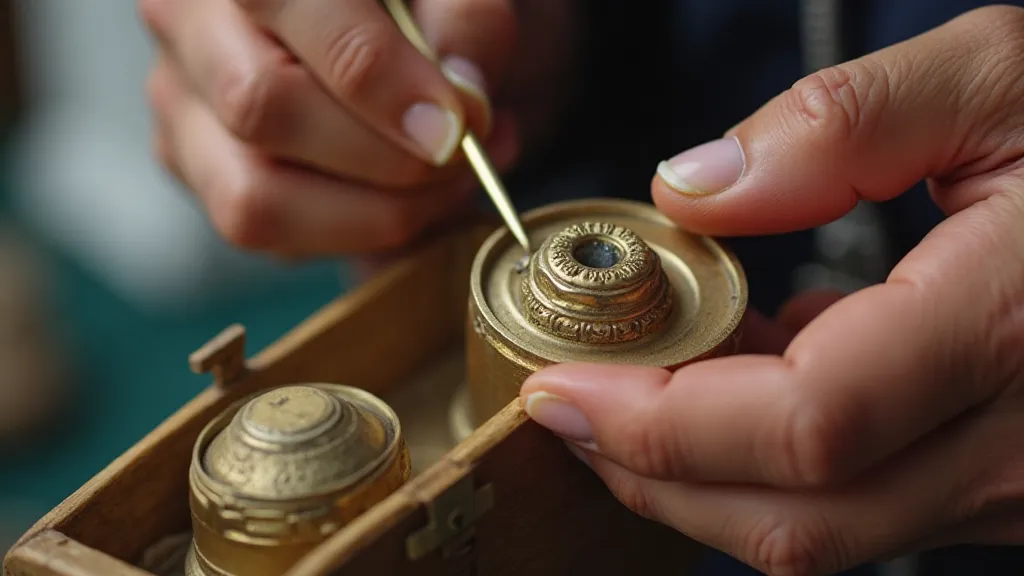
Addressing More Serious Problems
If the above techniques fail, or if you encounter more serious issues, consider the following:
- Cylinder Straightening: Severely deformed cylinders may require professional straightening, a delicate process that often involves specialized equipment.
- Rust Removal: Surface rust can be carefully removed using very fine abrasives (like jeweler's rouge) applied to a soft cloth. However, be extremely careful not to scratch the cylinder’s surface.
- Corrosion Treatment: Corrosion often necessitates a more aggressive treatment, such as chemical cleaning, which should only be performed by an experienced professional. The artistry and history surrounding these instruments is fascinating; many trace their origins to the history of Swiss musical boxes, a legacy of craftsmanship and innovation.
- Pin Replacement: If many pins are broken or missing, the cylinder may require professional restoration, including pin replacement or even rebinding. This is a complex and specialized process.
Remember that any attempt to repair a damaged cylinder carries a risk of further damage. It's often best to consult a professional musical box repair specialist for complex issues. Understanding the regional differences and nuances in design can add another layer of appreciation.
Prevention is Key
Once your cylinder is freed and functioning correctly, take steps to prevent future problems:
- Regular Lubrication: Apply a small amount of high-quality clock oil to the cylinder’s bearings and along its surface every few years.
- Dust Control: Keep your music box in a clean, dust-free environment.
- Humidity Control: Avoid storing your music box in areas with high humidity, which can accelerate rust and corrosion.
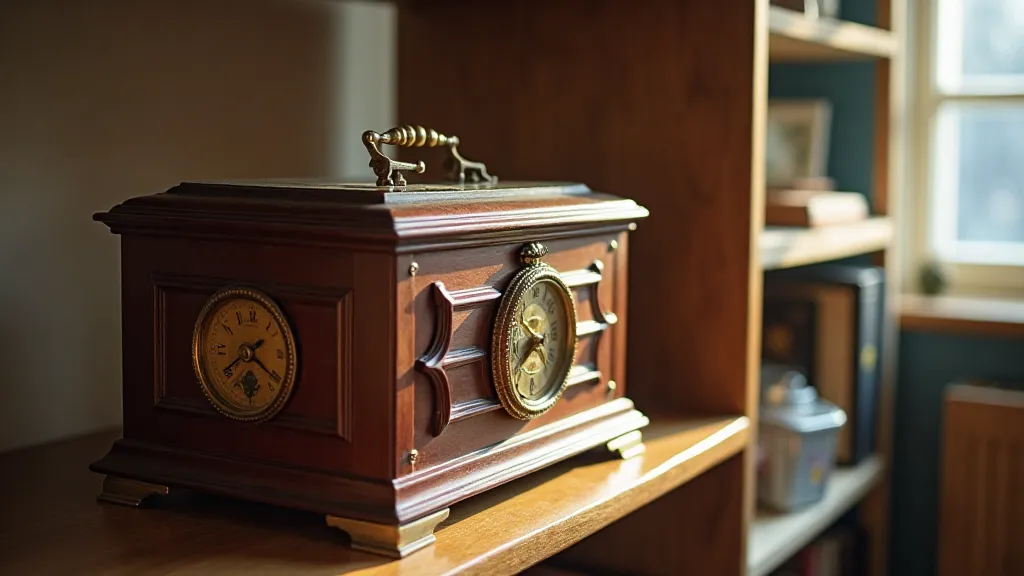
Restoring a stuck cylinder can be a rewarding experience, allowing you to breathe new life into a cherished vintage musical box. By following these troubleshooting and repair techniques, you can help ensure that your music box continues to play beautiful melodies for years to come. The process can seem daunting, but with patience and the right tools, you can often achieve remarkable results. Remember to always prioritize safety and seek professional assistance when in doubt. Observing how the intricate mechanisms work together is a testament to the ingenuity of the original designers. Careful preservation ensures that future generations can experience the charm and beauty of these timeless treasures. The delicate nature of these instruments makes regular maintenance essential. Consider the environment in which your music box is stored, and take steps to control humidity and dust. These preventative measures can often extend the life of your instrument significantly. Don't underestimate the importance of consistent care – a little effort goes a long way in preserving these valuable pieces of history.
